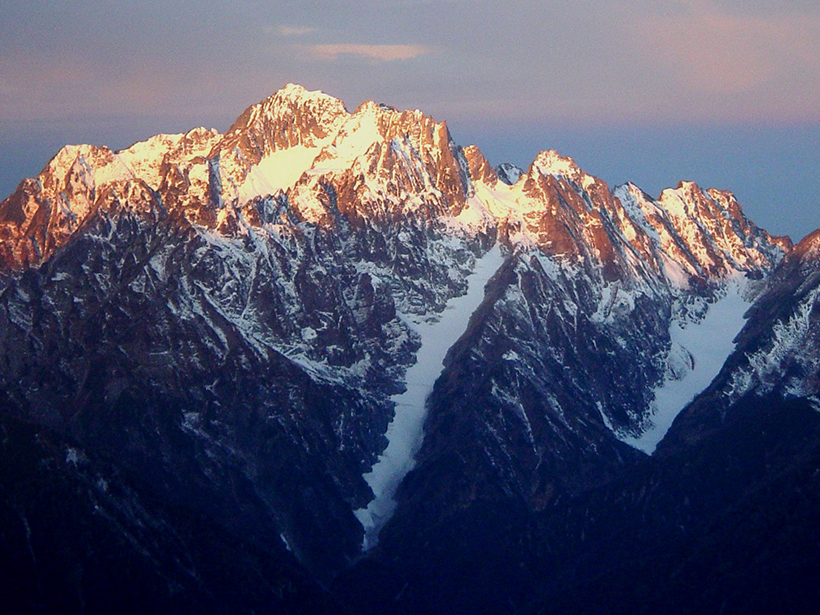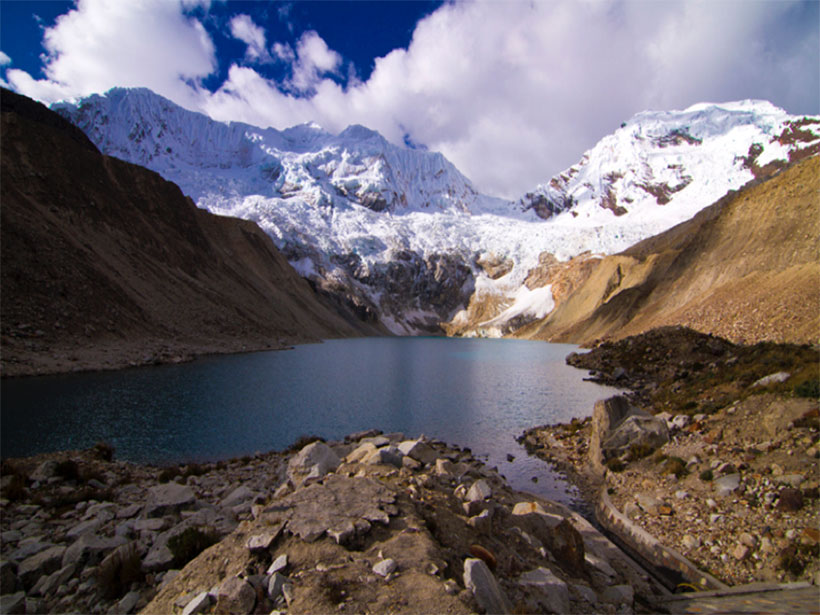Detailed analysis of cores drilled through New Zealand's most dangerous on-land fault indicates that its permeability and strength are altered by mineral precipitation between seismic events.
mountains
Boulders Limit Transport of Sand and Gravel in Steep Rivers
Mountain rivers and streams actively reshape landscapes by eroding material from uplands and depositing it in lowlands. Scientists can now predict this transport in very steep streams.
Earthquakes Could Funnel Radio Waves to Dark Zones in Mountains
By being coupled with a layer of mobile electrical charges on the Earth's surface, radio waves could travel over the ground to areas that would normally be unreachable, like behind a mountain.
Revising the Displacement History of New Zealand's Alpine Fault
A reinterpretation of structural and paleomagnetic data suggests that New Zealand's Alpine Fault accommodates a far greater percentage of geologically recent plate motion than previously thought.
Focusing the Human Lens on Glacial Outburst Floods
To better prepare mountain communities for possible floods, experts say that it is important to understand the communities themselves.
Villages Must Recalibrate Time to Survive in the Pamir Mountains
Scientists plan projects this year to help a rugged, troubled region of central Asia retune traditional timekeeping methods based on environmental cues in the face of climate change.
Modeling Weather over Mountainous Terrain
Scientists use high-resolution models to study how the jagged terrain of the Earth's mountains influences precipitation.
Climate Change Freezes Mountain Wildflower Reproduction
New research provides evidence that plants that flower earlier in the year because of climate warming experience more frost damage and have less reproductive success.
Improved Models of Wind Flow over Mountains
A new approach for representing areas of low-lying mountains improves the simulation of atmospheric flow over gentle topography without increasing computational requirements.
Massive Carbon Dioxide Stores Beneath Mammoth Mountain
Gas in rocky pores beneath the surface of California's Mammoth Mountain could fuel dangerous carbon dioxide emissions for the next 28 to 1100 years.








